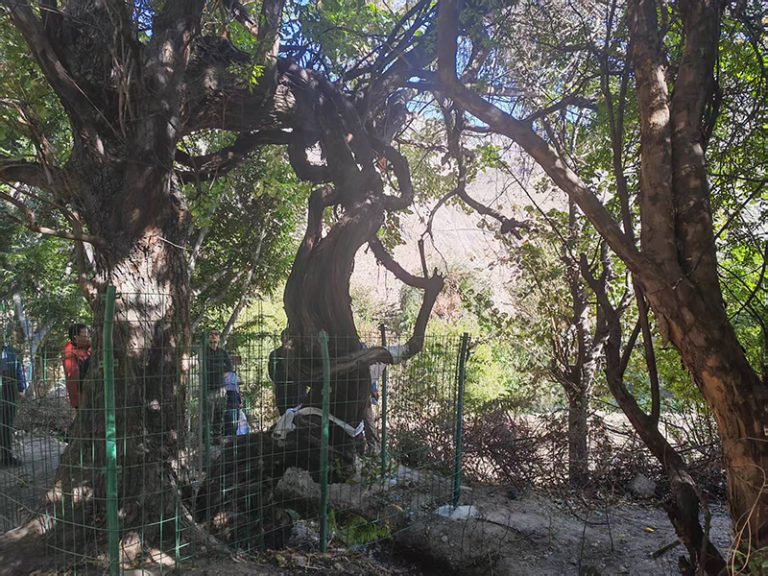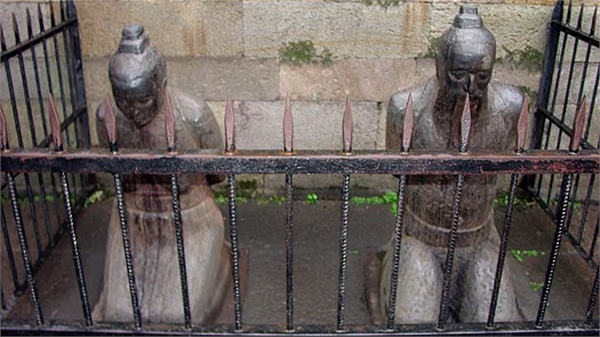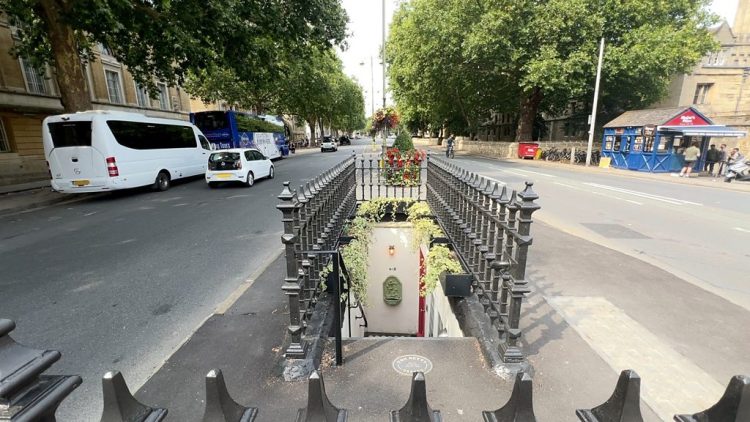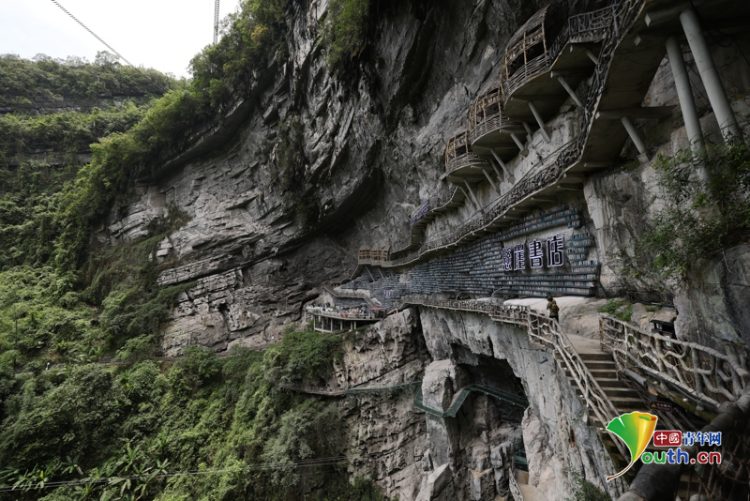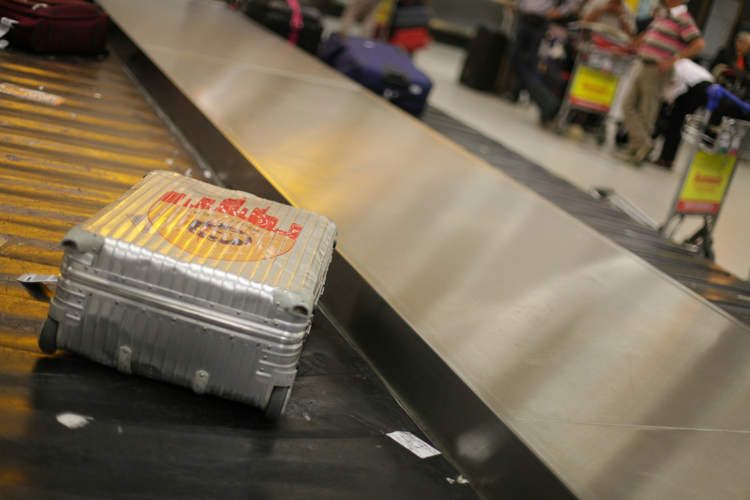Bera, a small town in the Indian state of Rajasthan is famous for being the only place on Earth where humans and leopards live in perfect harmony.
India is one of the most densely-populated countries on Earth, and as humanity continues to encroach on the still-uninhabited woodlands and mountains, conflicts between leopards and humans are inevitable. In fact, with human expansion at peak levels and the number of leopards higher than they’ve been in decades, tensions between the two species are growing. But there’s one place where humans and leopards have allegedly been living in peace and harmony for at least a century. Known as “leopard country”, the town of Bera is said to contain the highest concentration of leopards on the planet.
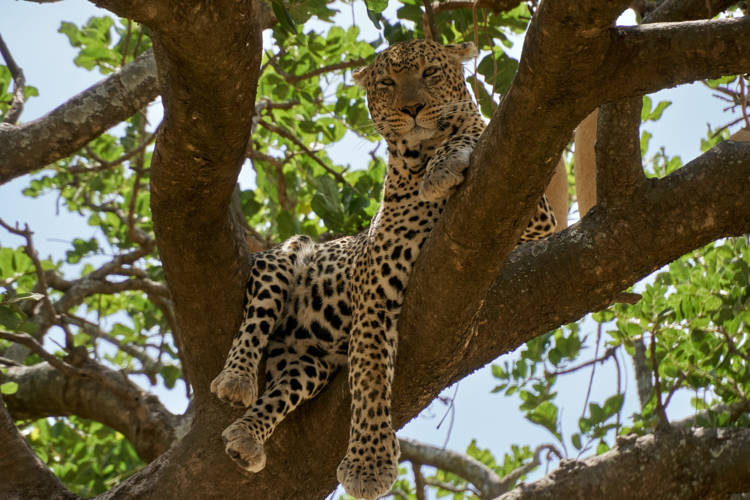
Photo: Dmitrii Zhodzishskii/Unsplash
There are reportedly close to 100 leopards living in and around Bera, yet no attacks on humans have been reported here in the last hundred years. There was one case where an infant was snatched by a big cat many years ago, but even then the leopard abandoned the child as it ran into the wilderness. Even as locals began organizing leopard-spotting safaris in the area for tourists, the number of leopard attacks has remained at zero.
So what makes the town of Bera special. According to the locals, most of them members of the Rabari, a shepherding tribe who migrated to Rajasthan from Iran through Afghanistan a thousand years ago, it’s the way people here treat the big cats. Rabaris worship the fiery Hindu god Shiva and treat the beasts as their guardian angels, even if they sometimes lose their cattle to them.
“When leopards kill the Rabaris’ livestock, the community doesn’t hold it against the predator,” Dilip Singh Deora, who runs a local safari, told The National. “They believe Shiva will increase their cattle manifold and treat the killed livestock as an offering to the lord himself.”
Dheeraj Mali, a Bera wildlife photojournalist who has been documenting the local leopards for years, believes that the big cats in the area have also adapted to human presence, and have gradually become less predatory toward them.
Leopards are a part of daily life in Bera, so much so that safari organizers operate on a “spot a leopard or your money back” guarantee when promoting packages to tourists. The big cats can be seen perched on rocks in and around the town’s 10 or so villages, or even walking through the streets.
“Many tourists get a shock when they see leopards moving around the village temple freely, even as the priest conducts his daily rituals unfazed, but this is how life has always been in Bera,” Dilip Singh Deora said.
This harmonious human-leopard dynamic is reportedly unique to Bera, as everywhere else in India people and the big cats avoid each other as much as possible, and when they do make contact, the encounters often end in blood.
Is Bera’s reputation slightly exaggerated for marketing purposes? Probably, but even so, the fact that the hills surrounding the human settlement are teeming with leopards is a fact. So if both human and feline communities are thriving as a result of this intriguing story, why ruin a good thing?



